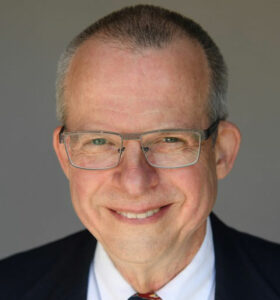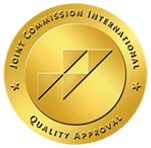Many of us who struggle with anxiety have developed thought patterns that contribute to and exacerbate our anxiety. Over-worrying, pessimism and catastrophizing are examples of these kinds of thought patterns. We tend to think in worst-case scenarios, and we let our worries and fears overwhelm us. Many of us also dwell on the past, bringing old issues into our current reality. What are some ways we can change our thinking in order to heal our anxiety?
One way we can do this is by making the conscious decision that we want to feel better. When we actively choose to feel calm and balance in the face of anxiety, we make huge improvements in how anxious we feel. The next time you’re feeling anxious, try focusing on your breathing and repeating calming affirmations. Take deep breaths while you repeat things like, “I am at peace within myself. I am calm. This too shall pass. Everything is working out.” With practice, you’ll find that you have more control over your anxiety responses than you thought you did, and you’ll see that you can in fact calm yourself down. You might find that you become less reactive in dealing with stressors and responding to triggers. You might find it easier to return to your breath the more you practice, and you’ll be able to develop your own personalized calming routine that helps you avoid over-worrying and panicking.
Another way we can change our thinking is to bring ourselves back to the present moment. Rather than dwelling on the past or negatively visualizing the future, we can remind ourselves to come back to where we are now, to this moment, to our inhale and exhale, to the sights and sounds around us. Meditative practices such as deep breathing exercises, repeating affirmations, practicing visualizations, listening to guided meditations and journaling are all helpful in bringing us back to the present moment.
Start to train yourself to think in terms of best-case scenarios rather than worst-case. In any given situation, we can choose to think, “what’s the best that could happen? What do I want to come from this? What is the outcome I would like to manifest? What are all the possibilities, opportunities and lessons that could come from this?” When we think outside of our negative and limiting constraints, we find that we can calm our anxiety by directing our energy in positive, productive and constructive ways.
We treat mental health conditions alongside the addictions they often accompany. Call 888-570-7154 for information on our treatment programs.

 Dr. Dave Cundiff, MD, MPH (Medical Reviewer)
Dr. Dave Cundiff, MD, MPH (Medical Reviewer)






